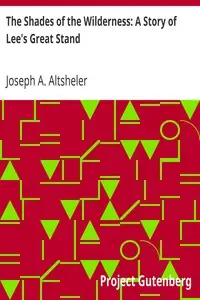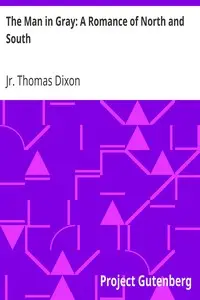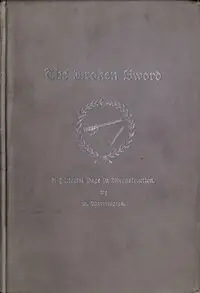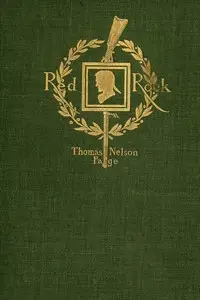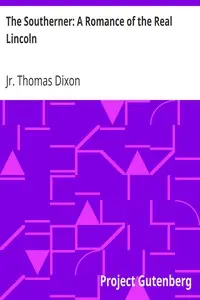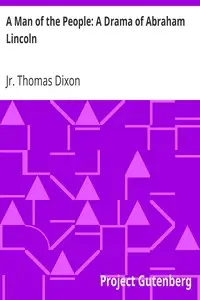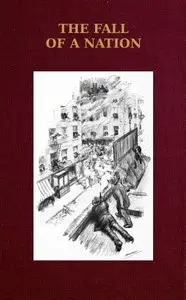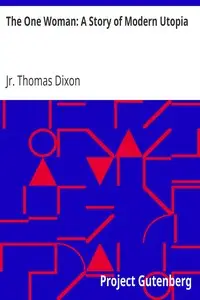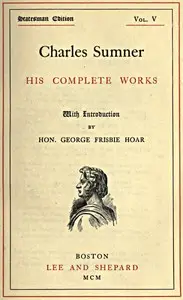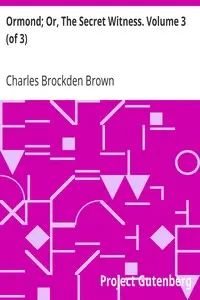"The Leopard's Spots: A Romance of the White Man's Burden—1865-1900" by Thomas Dixon, Jr. follows characters like Charles Gaston, a Confederate soldier, and Sallie Worth, a Southern woman, as they grapple with the turbulent Reconstruction era after of the Civil War. The story paints a scene of despair as soldiers return home to find ruin and freed slaves, like Nelse, search for their place in a changed world. The book creates a picture of the time by weaving together personal tragedies and the difficult paths of rebuilding in the war-torn South.
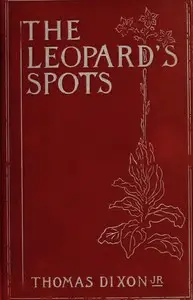
The Leopard's Spots: A Romance of the White Man's Burden—1865-1900
By Thomas Dixon
Amidst the ruins of the American South, a soldier and a woman fight to rebuild their lives in the face of devastation and newfound freedom.
Summary
About the AuthorThomas Frederick Dixon Jr. was an American Baptist minister, politician, lawyer, lecturer, writer, and filmmaker. Dixon wrote two best-selling novels, The Leopard's Spots: A Romance of the White Man's Burden—1865–1900 (1902) and The Clansman: A Historical Romance of the Ku Klux Klan (1905), that romanticized Southern white supremacy, endorsed the Lost Cause of the Confederacy, opposed equal rights for black people, and glorified the Ku Klux Klan as heroic vigilantes. Film director D. W. Griffith adapted The Clansman for the screen in The Birth of a Nation (1915). The film inspired the creators of the 20th-century rebirth of the Klan.
Thomas Frederick Dixon Jr. was an American Baptist minister, politician, lawyer, lecturer, writer, and filmmaker. Dixon wrote two best-selling novels, The Leopard's Spots: A Romance of the White Man's Burden—1865–1900 (1902) and The Clansman: A Historical Romance of the Ku Klux Klan (1905), that romanticized Southern white supremacy, endorsed the Lost Cause of the Confederacy, opposed equal rights for black people, and glorified the Ku Klux Klan as heroic vigilantes. Film director D. W. Griffith adapted The Clansman for the screen in The Birth of a Nation (1915). The film inspired the creators of the 20th-century rebirth of the Klan.

